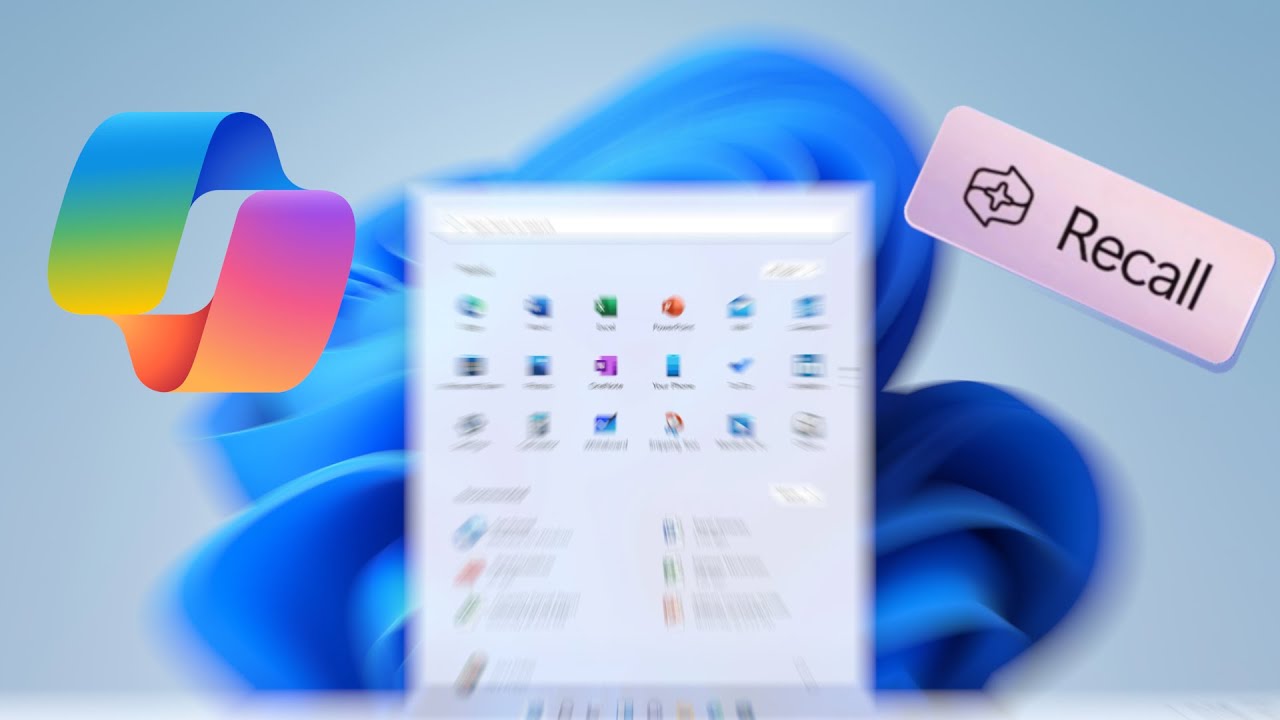The video critiques Microsoft’s integration of AI features into Windows, particularly the Co-Pilot and Recall functionalities, which the narrator argues complicate the user experience and raise privacy concerns, especially for older users who may not need such technology. The narrator advocates for switching to Linux as a more user-friendly alternative, emphasizing the importance of user autonomy and control over operating systems in light of Microsoft’s recent changes.
The video discusses Microsoft’s long-standing dominance in the operating system market, particularly through Windows, which has become a cultural icon with elements like the Bliss wallpaper from Windows XP and the infamous blue screen of death. Despite this success, the narrator expresses frustration with Microsoft’s lack of respect for its users, particularly in light of the company’s shift in strategy regarding Windows updates and the introduction of AI features. The narrator recalls how Windows 10 was marketed as the final version of Windows, only for users to face the impending end of life for the OS, necessitating upgrades for those they support.
The video highlights the recent integration of AI into Windows, specifically through the Co-Pilot feature, which has been enabled on older machines, much to the dismay of users who do not require such technology. The narrator shares a personal anecdote about an elderly user encountering a confusing AI-generated icon on their desktop, emphasizing that many users, especially older individuals, do not need or want AI functionalities. The narrator criticizes the AI search results, which can often be inaccurate or even harmful, particularly in sensitive areas like medical advice.
Another point of concern raised in the video is the return of the Recall feature in Windows 11, which takes screenshots and analyzes text, raising significant privacy issues. The narrator argues that such features should not be enabled by default and should require user consent to activate. The discussion includes the potential risks associated with disabling Recall, as it has become a dependency for the modern file explorer, complicating the user experience and raising questions about Microsoft’s design choices.
The narrator expresses skepticism about Microsoft’s motivations, suggesting that the company is pushing unwanted features onto users under the guise of innovation. They reflect on how certain features, like dark mode and tabbed file explorer, existed before the AI hype and were not dependent on Recall, indicating that Microsoft could have maintained user-friendly options without the added complexity. This leads to a broader critique of the company’s approach to user control and software design.
In conclusion, the narrator advocates for switching to Linux as a solution for users seeking more control over their operating systems. They express a desire to recreate the Windows 10 experience within a Linux environment for those they support, encouraging viewers to share software recommendations. The video ends with a call to action for viewers to engage with the content and support the narrator’s work, emphasizing the importance of user autonomy in the face of corporate decisions.
